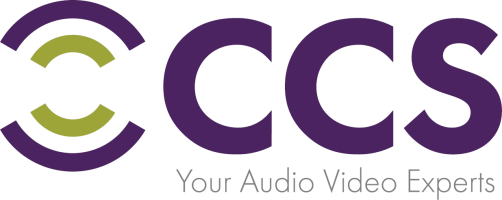
Interactive whiteboards were introduced in the mid-2000s and spread through k12 classrooms. However, since then their usage has run into many issues due to technical problems and poor implementation. Yet the potential of these interactive products to aid in teaching remains, with a study that involved 85 teachers and 170 classrooms finding that the boards increased student performance by 16 percentile points. With the right implementation, there are many ways for interactive boards to enhance the classroom.
Digital organization
Interactive whiteboards combine the presentation of the chalkboard that’s served classrooms since 1801 with the organization of the computer. Teachers can add animations and graphics to their lessons and play them with a tap of their finger. Use of these visual aides has been shown to increase student performance by 26 percentile points.
Teachers can also write with a stylus as they go, creating new content like a chalkboard but with a wide range of options for presentation and connecting with the internet. Besides literally adding color to the lesson these features communicate information to students clearer, quicker, and with more engagement than a traditional board.
Positive Learning Enforcement
Interactive boards remove the delay in feedback that adds a barrier between student-teacher interactions. A teacher normally teaches a lesson, hands out a quiz, then reads out the answers and lets the students grade themselves. There’s a disconnect as the student is left to their own devices to complete and grade their exams. Now students each have a handheld voting device. The board displays a live bar graph of each possible answer submitted. Then that becomes a pie chart of right vs wrong answer percentage. The teacher can work directly with the students question by question.
Teachers are also given tools to positively reinforce their students. They can play applause whenever a student picks the right answer or performs a presentation. Directly commending students like this encourages them to participate in class more, and encourages them to study and pay attention to the lessons.
Recording Data
Computers enable teachers to save their board work and lessons. No more erasing all their work when they run out of board room, they can create a new page and keep teaching without losing any content. Their lessons will be saved as PDF files for use after class. They will available to the teacher for any future use, be it for their own review to help build tomorrows’ lesson or to provide to their students as a study aid before homework or exams.
There are also interactive lessons available to all teachers online. These can be downloaded from the following sites to provide more life to an ordinary school lesson.
- Starfall.com: an online literary aide that helps with grammar and writing, while providing interactive multimedia books.
- National Library of Virtual Manipulatives: a repository for math and science interactive features that work with all interactive boards.
- Interactive WhiteBoard Resource from Topmarks: A UK based database of dozens of useful sites.
Student Participation Aids
Students can also directly utilize the interactive board. When doing group projects, the teacher can let each group take turns presenting their work on the board, provided they understand the controls and tools available. The teacher can also call up students to answer questions on the board, getting the entire class directly involved in their learning experience.
The teacher can also implement the online interactive programs listed above. Students can be called up to do these in front of the class, further engaging them in their learning experience.
Different Brands of Interactive Products
There are a wide array of interactive products available to teachers to put at the head of their classrooms and use to educate their students. There is a difference between an interactive board and a projector with interactive software.
- SMARTboard 700 Series: the most common board, so widely used that SMARTboard has replaced the term interactive board in the lexicon. Teachers can write directly on the board with any utensil and have a wide variety of annotation features. Applications have clear functionality and are simple to use.
- Epson BrightLink Interactive Projector: This is a projector with software, compatible with the teacher’s existing whiteboard, making it very versatile. There’s much built-in software and application support.
- Clear Touch Display: Another smart board with its own touch whiteboard.
- InFocus Jtouch: an interactive board with excellent sound projection and powerful programming for running complex programs, plus a built-in whiteboard. However, it’s extremely heavy and the low definition screen limits visual applications
Whatever choice is made, the studies are in. A properly used interactive board is one of the most powerful tools in modern k12 classrooms.
Sources:
https://www.neamb.com/work-life/creative-ways-to-use-your-interactive-whiteboard





